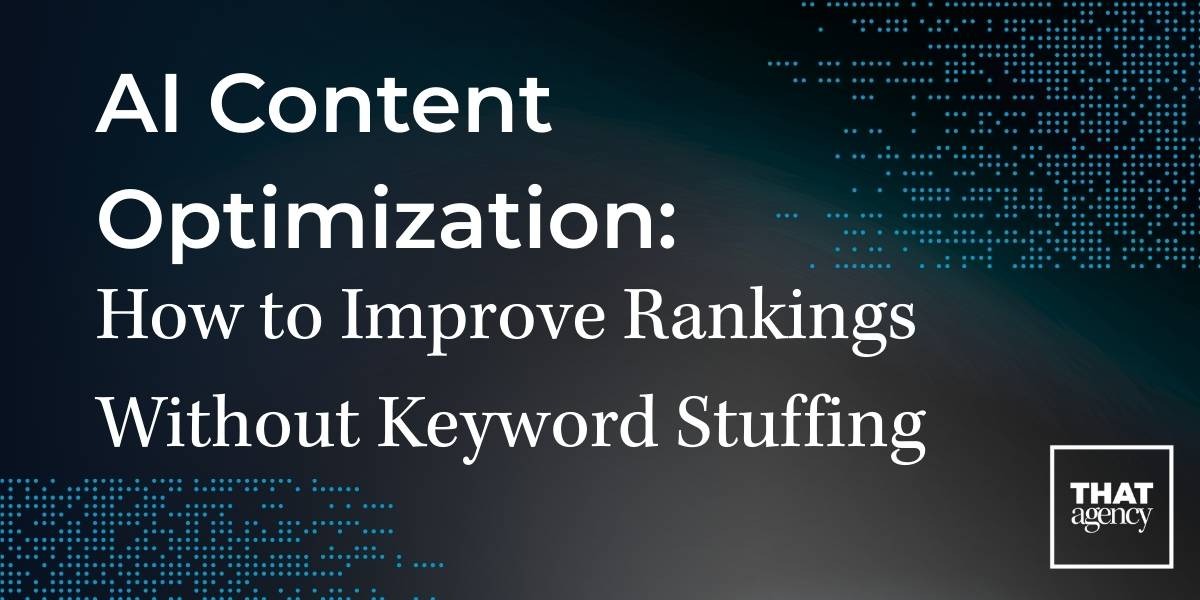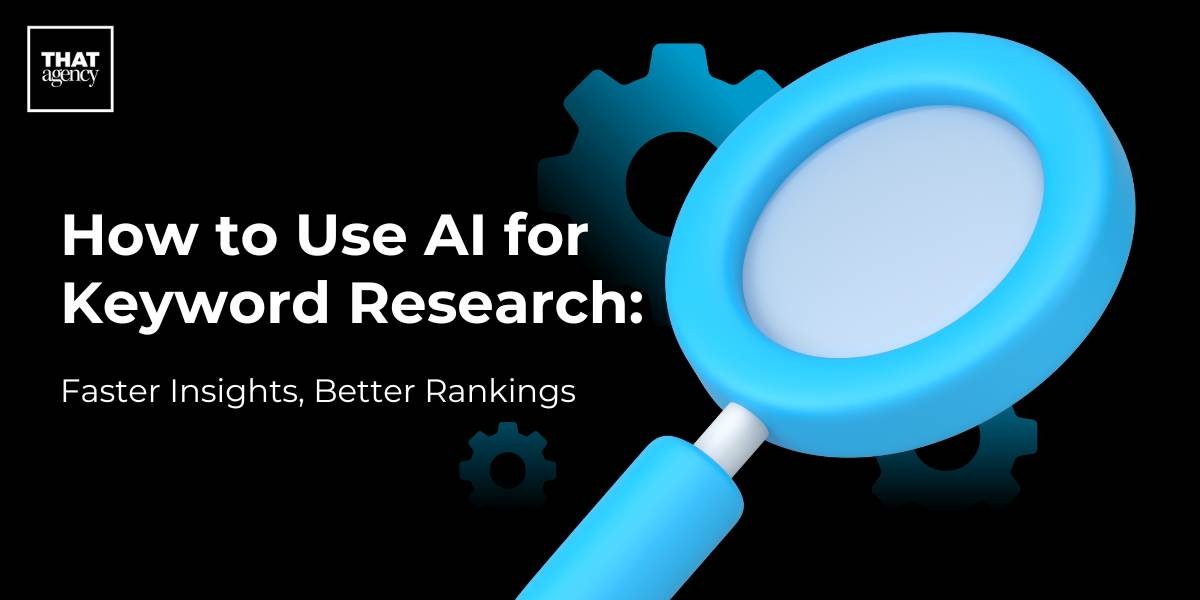In the fast-paced realm of business-to-business (B2B) marketing, understanding how industries allocate their marketing budgets is essential for staying competitive and making informed decisions. As we enter 2024, marketers and business owners must gain insights into B2B marketing spend by industry—how much each sector invests in their marketing efforts. This comprehensive guide will delve into the trends and figures that defined B2B marketing budgets throughout 2023.
.jpg?width=802&height=401&name=consumer%20marketing%20services%20(2).jpg)
The Significance of B2B Marketing Spend
Why Does B2B Marketing Spend Matter?
B2B marketing spending reflects how companies allocate financial resources to reach other businesses. It plays a pivotal role in shaping the marketing strategies and tactics employed within each industry. Understanding the dynamics of B2B marketing budgets helps marketers identify trends, benchmark their efforts, and make data-driven decisions.
B2B Marketing Spend by Industry in 2023
Let's take a closer look at how various industries allocated their B2B marketing spend by industry in 2023:
1. Technology and Software
Percentage of Marketing Budget: The technology and software industry is leading the way with approximately 30-35% of its total budget allocated to marketing. This industry recognizes the critical role of marketing in a highly competitive landscape.
2. Healthcare and Pharmaceuticals
Percentage Growth in Marketing Spend: The healthcare and pharmaceutical sector is expected to experience substantial growth in marketing spend in 2023, with an estimated increase of 20-25%. This surge is driven by the rapid adoption of digital health solutions.
3. Finance and Banking
Digital Advertising Share: In the finance and banking sector, digital advertising is taking a larger share of the marketing budget, accounting for about 40-45%. The industry is increasingly focusing on reaching clients through online channels.
4. Manufacturing and Industrial
Shift to Digital: The manufacturing and industrial sector is projected to allocate 25-30% of its marketing budget to digital marketing strategies in 2023. This marks a significant shift toward online promotion and visibility.
5. Professional Services
Content Marketing Dominance: Professional service providers are emphasizing content marketing, dedicating approximately 40-45% of their marketing budget to this strategy. Thought leadership content and webinars will be key areas of focus.
These insights provide a quantitative understanding of how industries distributed their marketing budgets in 2023. Each sector has its unique priorities and strategies when it comes to marketing spend, reflecting their specific market dynamics and objectives.
Factors that Influenced B2B Marketing Spend in 2023
The B2B marketing spend in 2023 was influenced by several key factors, reflecting broader trends in technology, market conditions, and strategic shifts. Here's an elaboration on the factors you've identified:
Digital Transformation
-
- Accelerated Change: The continuing rapid pace of digital transformation has compelled companies across various sectors to invest heavily in digital marketing channels and tools. This includes expanding capabilities in areas such as artificial intelligence (AI), machine learning (ML) for predictive analytics and enhanced digital customer engagement platforms. Companies are adapting to how digital technology changes consumer behavior and expectations, requiring ongoing investment in digital channels to remain competitive.
Data-Driven Decision-Making
-
- Analytics and Insights: More than ever, companies rely on data analytics to drive marketing decisions. Utilizing big data, AI, and sophisticated analytics tools, businesses can more accurately target their advertising, personalize marketing efforts, and optimize budget allocations. This reliance on data helps in understanding market trends, consumer behavior, and ROI more effectively, leading to more informed and strategic deployment of marketing resources.
Competitive Landscape
-
- Increased Spending to Stand Out: As markets become more saturated and competition intensifies, businesses are compelled to allocate more resources toward marketing to differentiate themselves from competitors. This involves not only more spending but also smarter spending on branding, customer acquisition, and engagement strategies that communicate value propositions and build brand loyalty.
Pandemic Impact
-
- Shifts in Strategy: The COVID-19 pandemic has had a lasting impact on how businesses approach marketing, accelerating the shift toward digital and remote engagement channels. The widespread adoption of remote work has also shifted B2B buyer expectations, necessitating more online and virtual engagement strategies, such as digital conferences and webinars. These shifts require ongoing adjustments in marketing strategies to meet new customer engagement paradigms.
These factors collectively show how B2B companies are strategically navigating a rapidly evolving business landscape, where embracing technology, leveraging data, understanding competitive dynamics, and adapting to changes brought about by external shocks like the pandemic are crucial for effective marketing and sustained business growth.
Conclusion
In 2023, B2B marketing spending by industry was characterized by a dynamic landscape driven by digital transformation, data-driven decision-making, and an evolving competitive environment. Each sector has its marketing approach, reflecting its unique challenges and opportunities.
As you plan your B2B marketing spend by industry in 2024, consider these industry-specific trends and insights to make informed decisions that align with your objectives and market conditions. Staying attuned to the evolving landscape of B2B marketing spend is essential for marketers and business owners seeking success in their respective industries.
For expert guidance and support in optimizing your B2B marketing budget for 2024, THAT Agency is here to assist. Contact us today to ensure that your marketing efforts are aligned with industry trends and best practices, enabling you to achieve your marketing goals effectively.




